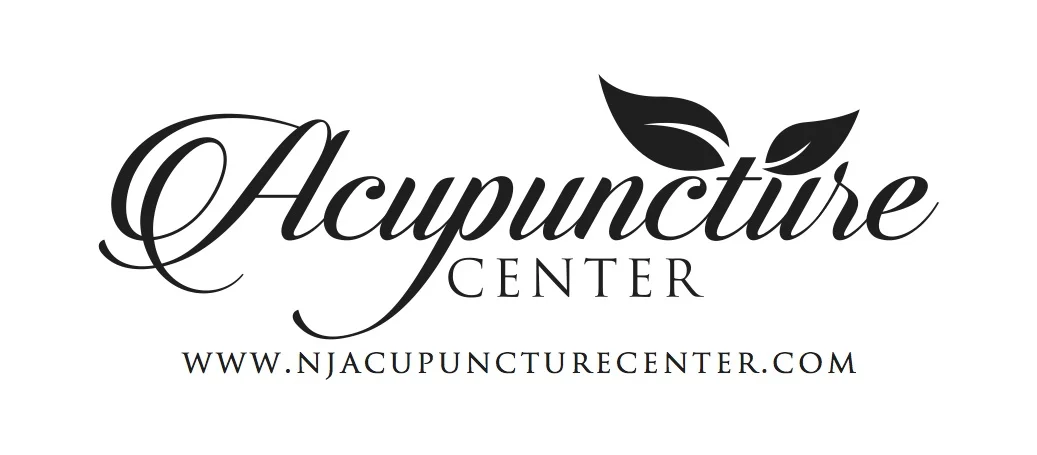Acupuncture for Alcoholism? It Works for Rats!
/Adding to the long list of ailments and disorders acupuncture helps to treat? Alcoholism.
Well, at least in rats it does — which is at the very least, a bit promising for humans, too.
A recent article in Gizmodo reports, that in both the United States and Korea, researchers forced rats to be addicted to alcohol and then tried to help with their withdrawal symptoms by utilizing traditional acupuncture. The result? A success.
While this doesn’t mean acupuncture can cure alcoholism in humans, even knowing it helped with withdrawal is positive.
Published this past Wednesday in Science Advances, a control group of rats were not addicted to alcohol while the experimental group were trained to use a lever that fed them water mixed with alcohol. In 16 days, they were hooked. On Day 17, they were not given alcohol for two hours and began to experience typical withdrawal symptoms including tremors and anxiety.
Acupuncture treatment was given at the Shen Men or Heart 7 point, located on the wrist.
The authors of the study, “found that the alcohol-dependent rats given acupuncture at HT7 were less likely to experience withdrawal symptoms than those not given it; they also fed themselves less alcohol when they later had the opportunity to do so.”
Furthermore, based on research conducted separately form this experiment, the same researchers also theorized that, “HT7 could treat alcohol dependence by affecting neurons in the brain that produce beta endorphins, a natural opioid and “feel-good” chemical. Beta endorphins likely play an important role in alcohol dependence.”
Interestingly, the rats who received acupuncture at the HT7 point, “seemed to have their levels of beta endorphins rebound during withdrawal, specifically because of neurons activated in the hypothalamus, a region linked to alcohol dependence. “
The conclusion?
“These results suggest that acupuncture may provide a novel, potential treatment strategy for alcohol use disorder by direct activation of the brain pathway,” the authors wrote.
While there is a lot more work and research to be done, this is a promising finding and we hope research continues to be supported to find out how else acupuncture can help.




